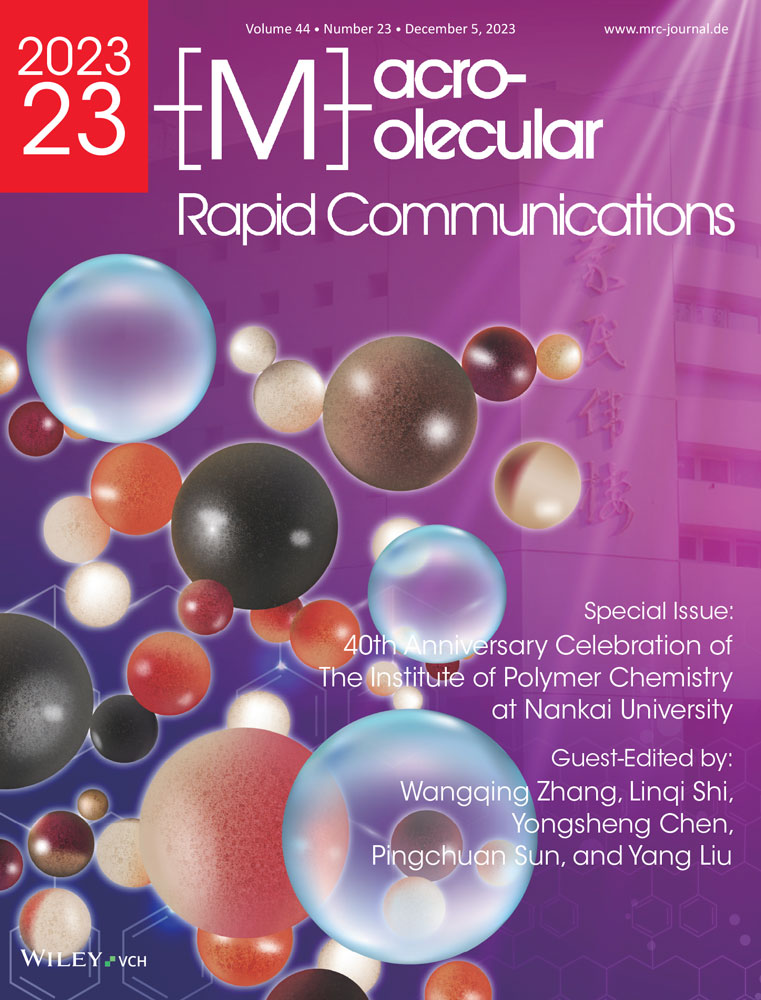Self-Destructive Nanoscavengers Capture and Clear Neurotoxic Soluble β-Amyloid Aggregates
Abstract
Cerebral soluble β-amyloid aggregates (sAβs) accumulation is one of the most important causes in Alzheimer's disease (AD) progression. In order to mitigate the neurotoxicity induced by sAβs and achieve enhanced AD therapeutic outcomes, robust sAβs clearance become an emerging task. Herein, a self-destructive nanoscavenger (SDNS) is reported based on multifunctional peptide-polymer complexes that can capture extracellular sAβs via hydrogen-bonding interactions and deliver them into microglial lysosomes. The internalized SDNS then occurs self-destruction within lysosomes and upregulates autophagy, thereby promoting the degradation of neurotoxic sAβs. Importantly, the enhanced autophagy also significantly suppresses the secretion of inflammatory factors by microglia, which is induced by internalized sAβs. Given that cerebral persistent inflammatory environment disturbs microglia-mediated phagocytosis and degradation, it is believed that this synergistic approach has valuable potential as a therapeutic strategy for AD.
Conflict of Interest
The authors declare no conflict of interest.
Open Research
Data Availability Statement
The data that support the findings of this study are available in the supplementary material of this article.




